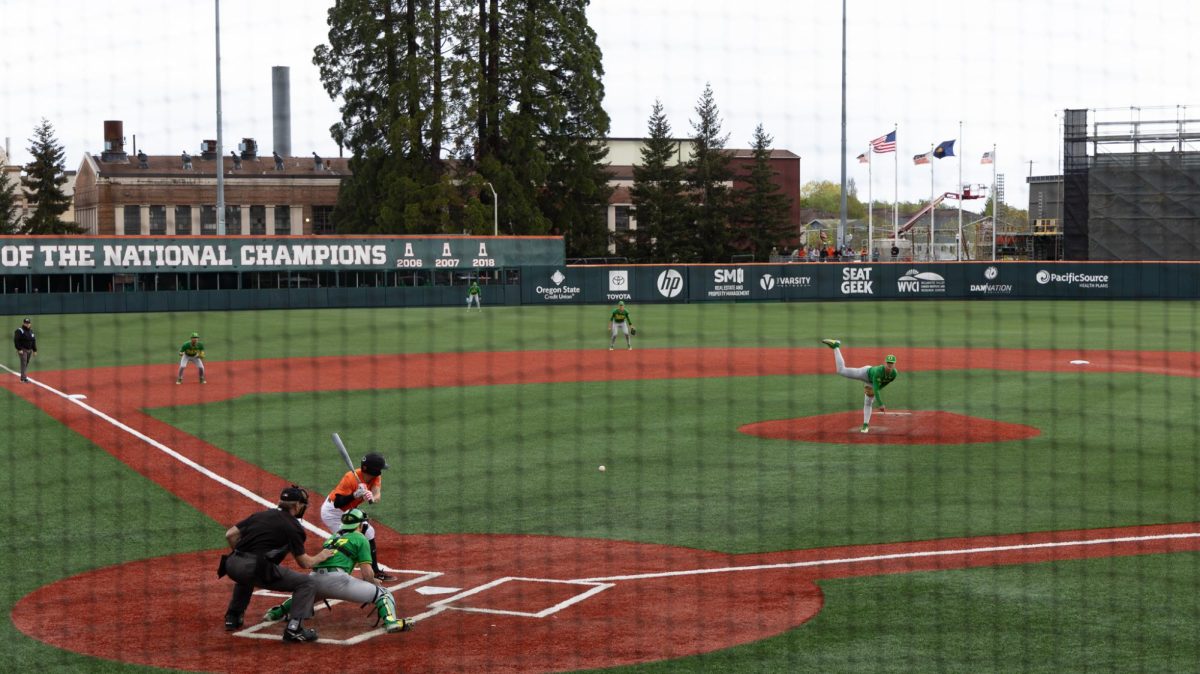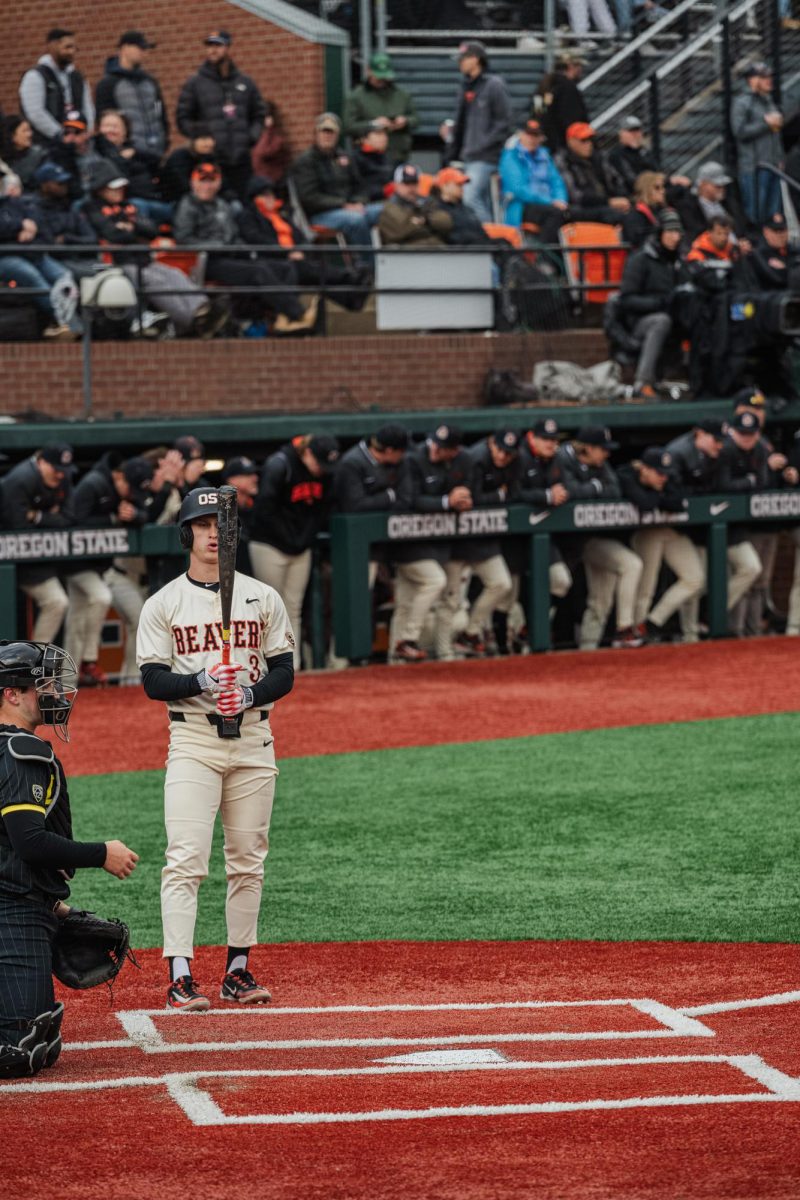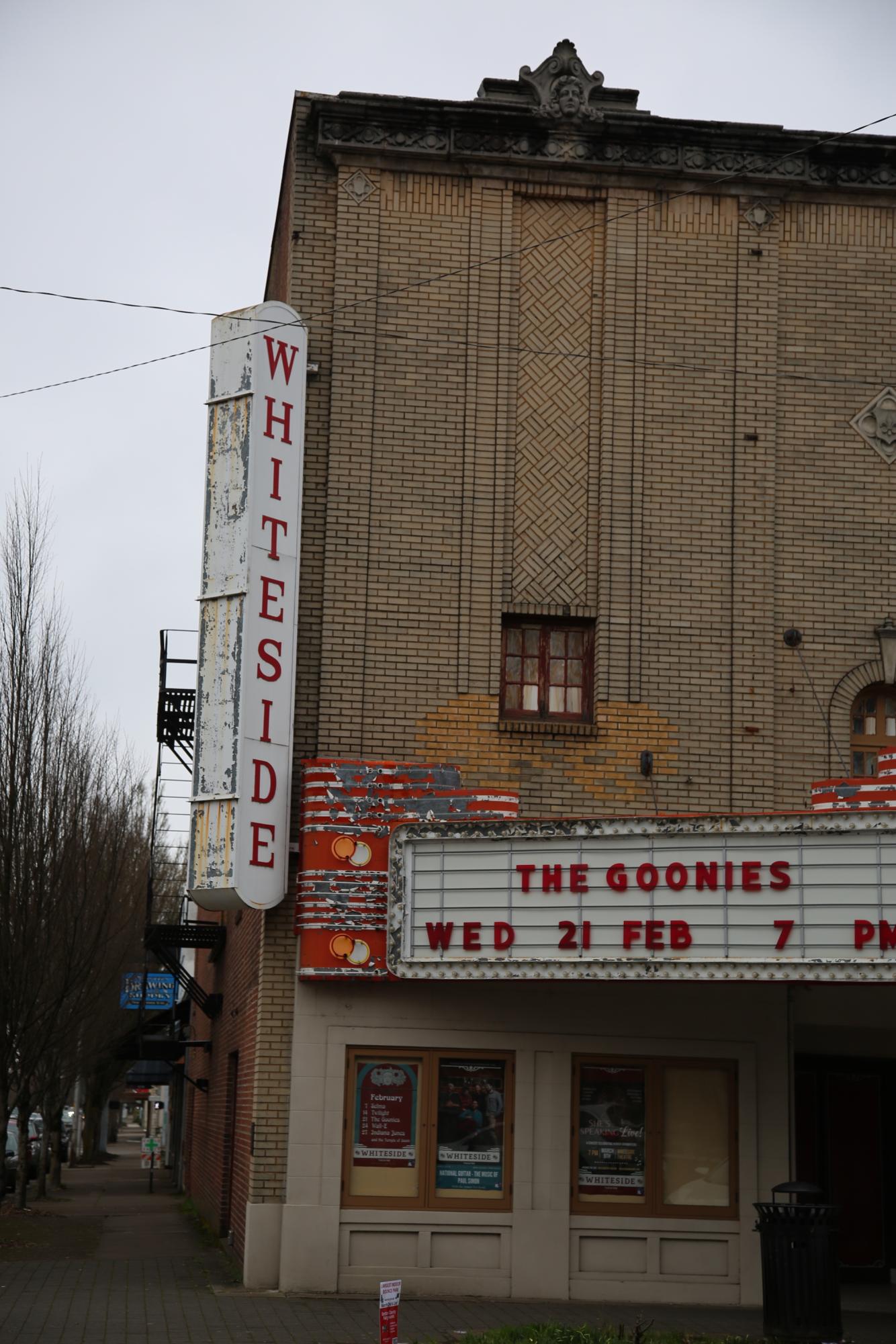Walking through Corvallis, you may notice a plethora of buildings that feature architecture that, at a glance, may seem dated.
This is not the doing of a mad architect, so much as the result of a concerted effort from the City of Corvallis to preserve the past through established historic districts.
Corvallis put its first historic preservation plan into action in 1982, Ordinance 82-100, which involved selecting assorted neighborhoods throughout the city for historic preservation, provided the buildings were old enough.
According to Sarah Johnson, senior planner for the City of Corvallis, the 1982 plan focused on neighborhoods with lots of structures built prior to World War Two.
“After World War Two when business was booming and men were coming home from war, starting with Sears and Roebuck, mass manufactured housing became available,” Johnson said, regarding the specific cutoff of World War Two.
Instituting historic districts comes with rules. According to Johnson, these rules include things like any changes to the outside of a building requiring special permits, and any new buildings built in the area must match the aesthetics of the rest of the neighborhood.
The people occupying historic buildings also maintain them, and do so in a period-accurate way. If there is a crumbling column, then they find someone who knows how to fix columns and get it to stop crumbling. Fortunately for the people who have to worry about this sort of thing, Corvallis holds many preservationists and preservation architects, according to Johnson.
There is not much concern about people not being able to maintain the buildings or having to do so unwillingly. According to Johnson, “most of the time, people who are living in these homes have purchased them because they love these old historic homes, and they want to take good care of them.”
Though Ordinance 82-100 was passed in 1982, many buildings have been added since. The Whiteside Theatre in downtown Corvallis, for instance, was added to the registry after the Whiteside Theatre Foundation accepted stewardship of the building in 2008.
According to Jen Waters, who acted as Whiteside Theatre’s executive director from September of 2019 to last November, the rules that accompany historic status did not play a major role in the development and maintenance of the interior of the Whiteside Theatre, given that all the requirements were for “outside stuff.”
Even when there were changes needed for the exterior of Whiteside Theatre, it was easy to work within the requirements. When Waters and the Whiteside Theatre Foundation wanted to put an advertisement on the outside of the building, for instance, they were denied until they found historical evidence supporting the look.
In this case, that took the form of an advertisement for JC Penny’s on a plaque across the street. The plaque had been preserved as historic, so it was clear that advertisements were not unheard of on buildings in 1922, when the Whiteside was first constructed, according to Waters.
Another late-comer to the Corvallis Historic Districts, College Hill West Historic District, added to the registry in 2002, is within walking distance of Oregon State University’s campus, and features homes from the years of 1916 to 1935.
Johnson added that the city cannot build any apartment complexes within College Hill West Historic District because it would not be in keeping with the character of the district, even though it could assist with housing students.
In 2018, the City of Corvallis hired an outside consultant, Winter and Company, to evaluate the city’s historic districts. According to Johnson, Winter and Company advised the city to consider adding more buildings to the historic districts from after World War Two, as many of them were found to be historic in 2018 when they had not been historic 36 years ago in 1982.
Winter and Company also suggested considering adding a large historic district in downtown Corvallis, and considering some changes to the land development code, specifically Chapter 9.02, for historic sites, Johnson said.
The city has not done any large-scale historicizing since, but according to Johnson, if the city gets enough grant money, there is a possibility of a large-scale survey to find more homes worthy of historic status.














































































































